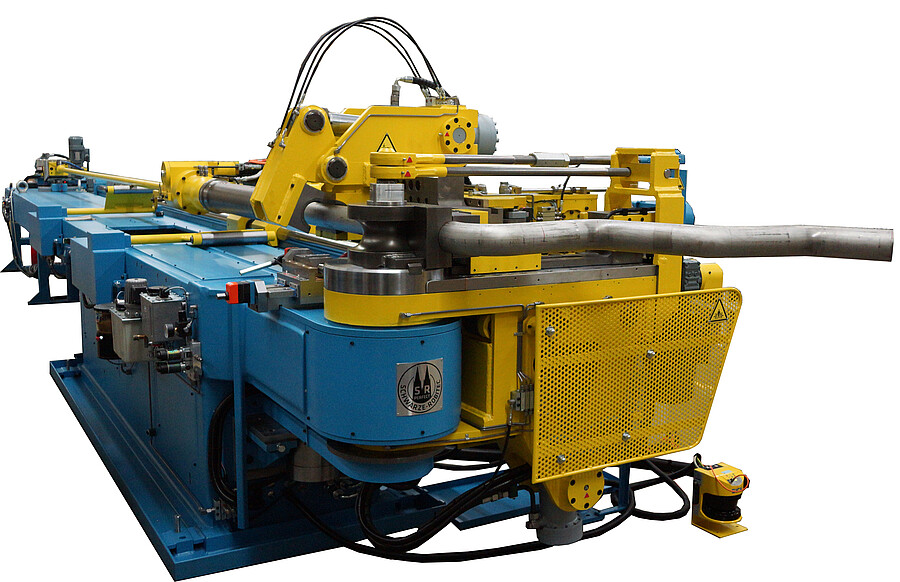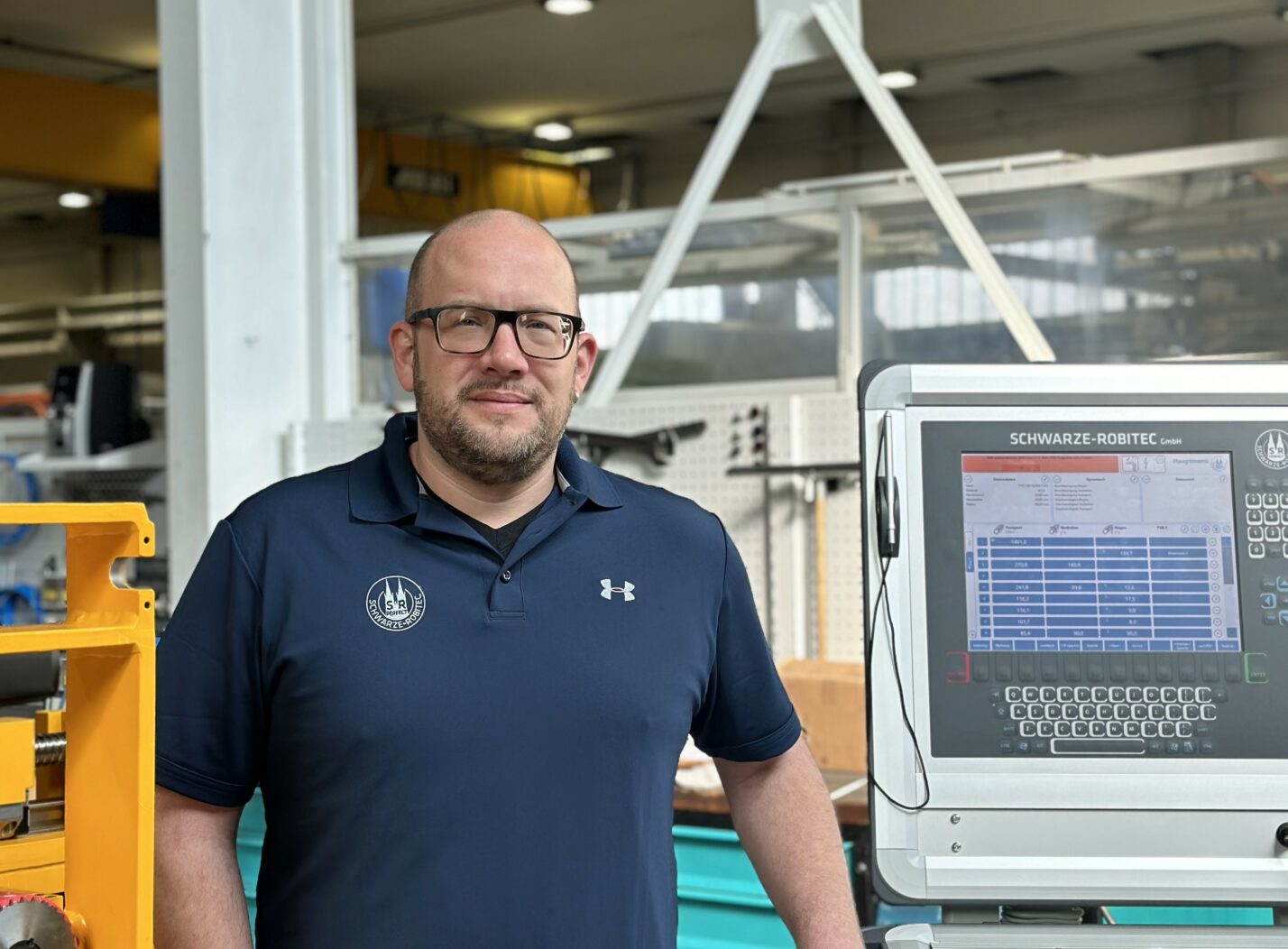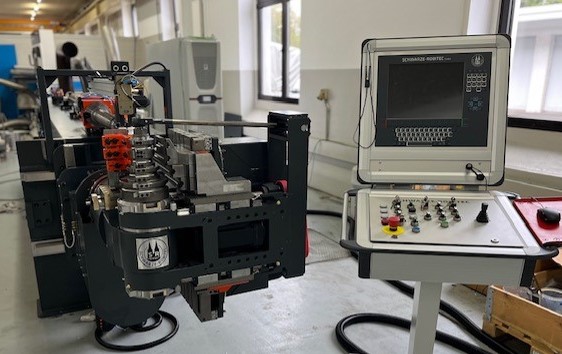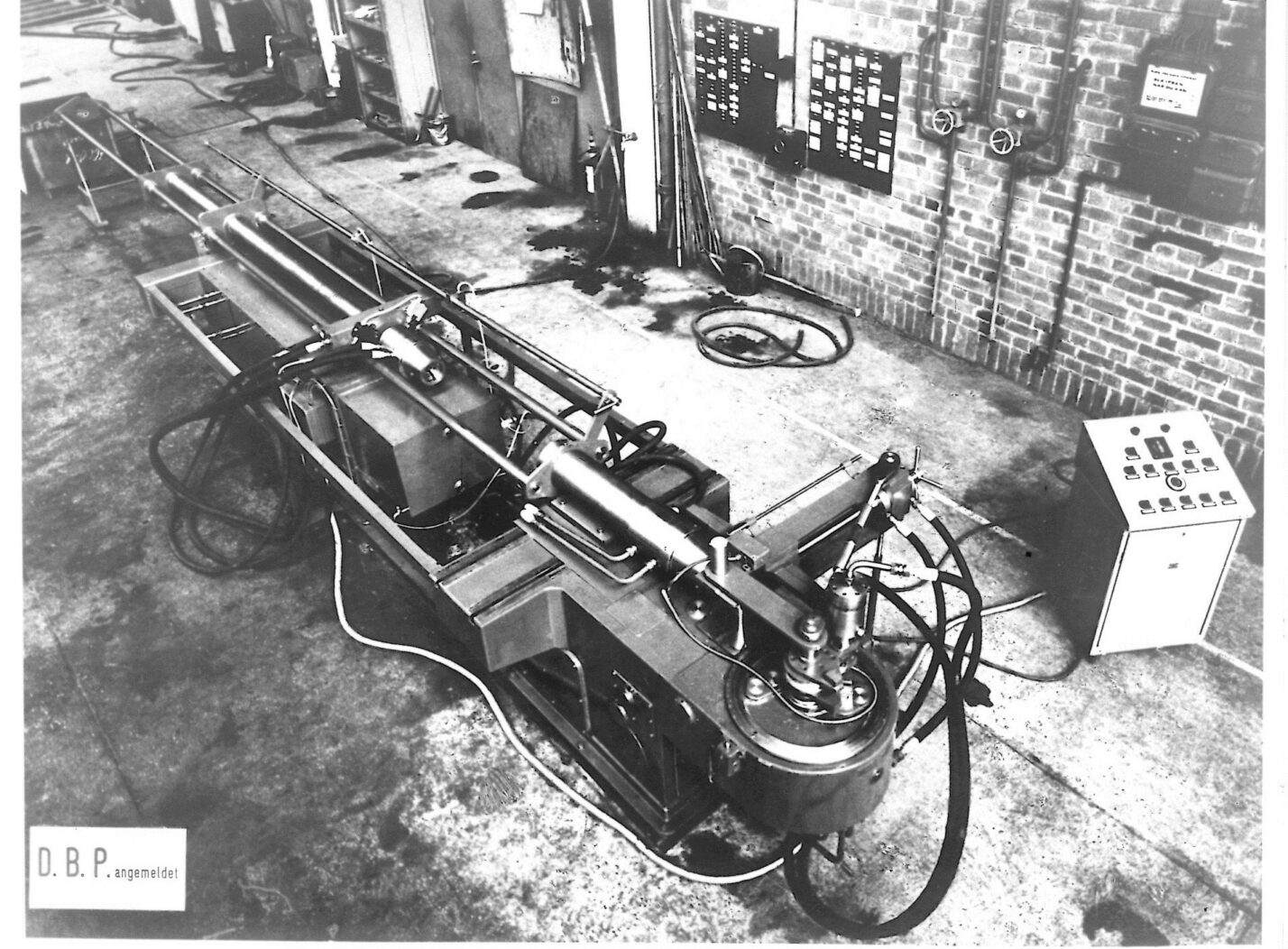
Savings potential in manufacturing processes in plant engineering
Reduce costs with the right bending technology
Manufacturing as a cost factor: Manufacturing companies are faced with the task of continuously making their processes more modern and cost-effective. In the plant and offshore sector, there is great potential for savings, especially in the area of tubing. After all, tubes and pipes in chemical plants, power stations or on oil platforms form a network that stretches for kilometers. To optimize this, many companies use high-performance tube bending machines that bend complex tubes so quickly and precisely that the user saves considerable time and costs during installation.
Due to the demanding work steps from production to assembly, tube networks are an important cost factor in plant and pipeline construction. The complex networks consist of many individual weld-in elbows which are produced separately in a wide range of dimensions and bending angles. On the construction site, they are welded to the straight, long pipes to form the desired pipeline route. The production itself, the welding process and the logistics involved increase the costs for the plant manufacturer. Added to this is the time-consuming and costly quality inspection by ultrasonic or X-ray technology, which involves inspecting every finished weld – a process that is essential to ensure safety. So, at what point does the user have the opportunity to reduce overall costs?
Precisely fitting tubes thanks to cold bending
The greatest savings potential lies dormant in tube processing. The pipe systems are of enormous importance for the functionality and efficiency of the plants. They have to be laid quickly and efficiently. So, if the pre-bent piping is manufactured so precisely that it is delivered to the construction site with an exact fit, the plant engineer could dispense with many individual bends and welds. This is where the bending technology used comes into play: Hot or cold bending? The disadvantage of hot bending is the high energy consumption and the time the process takes. Cold bending, on the other hand, eliminates the energy-intensive and lengthy heating process. As a result, it is possible to process materials that cannot be bent when hot or whose microstructure changes as a result of heating. In addition, the tube can be formed into almost any shape. When the right bending technology is used, even complex tube geometries can be bent quickly and efficiently. After the first bend, the tube to be bent is transported directly for the next bend. The result is three-dimensional tube systems without a single weld seam. Depending on the length of the tube to be processed, users must consider the corresponding space requirements in the production hall.
Focus on technological quality
However, before it comes to manufacturing, the processing machine takes center stage. High-quality and high-performance tube bending machines, such as those designed by the Cologne-based manufacturer Schwarze-Robitec, enable very small radii to be bent, even for very large and thick-walled tubes. A stable basic machine reliably absorbs the enormous forces that arise during bending. In addition, its design prevents the machine from twisting and the tube from becoming imprecise. “Our machines with multiple tools provide additional productivity in the bending process,” says Bert Zorn, managing director at Schwarze-Robitec. “By using their stacked multiple tools with different nominal diameters, they ensure minimal set-up times.” Thus, for a new batch with a changed nominal diameter, only the bending mandrel and clamping cartridges are changed. Processing flanged tubes is similarly unproblematic. On suitably equipped machines, the flanges or sleeves are already welded on before bending. The sophisticated control system of the machines and their stable construction subsequently ensure precision. The stable machine construction prevents the machines from twisting and thus the pipe from becoming imprecise and the flanges from being at the wrong angle. At the same time, the machines and their control system feature state-of-the-art computer networking, quality control functions, and simulation technologies.
Small radii and a lot of know-how
The decisive advantage of small radii becomes apparent when the tube is installed: the tighter the bend in the tube, the less installation space is required – in the end, the entire tube system requires less floor space. In addition, a small bend radius saves a lot of tube. Both the material and space savings make for a big cost effect in large systems. This also includes the energy efficiency of the plants. “We have extensive knowledge of the different tube materials and the resulting requirements for tools and machines,” says Bert Zorn. “With this complete know-how, we develop suitable solutions for the most difficult production tasks.” One thing is certain: when efficient bending technology comes together with a high-performance tube bending machine and precision-fit production, tube processing of complex piping systems becomes a real cost and competitive factor for plant engineering.



